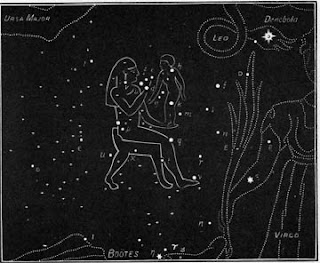Decan stars
How did man establish the 24-hour day?
The ancient Egyptians established the 24-hour day. They based this system on nightly observations of a series of 36 stars (called decan stars), which rose and set in the sky at 40 to 60 minute intervals. For ten days, one particular star would be the first to appear in the sky, rising a little later each night until a different decan star would be the first to rise. "Hours" (although they varied between 40- and 60-minute periods) were marked nightly by the appearance of each new decan in the sky. Depending on the sea-son, between 12 and 18 decans would be visible throughout a night. The number of and the particular decans visible varied with the Earth's changing position along its orbit. The official designation of the hours came at midsummer, when only 12 decans, including the brightest star in the sky, Sirius, were visible. This event coincided with the annual flooding of the Nile River, a crucial event in the lives of valley-dwellers. Thus the night was divided into 12 equal parts. The daylight hours, which also numbered 12, were marked by a sundial, a notched, flat stick attached to a crossbar. The crossbar cast a shadow on successive notches as the day progressed. The combination of the 12 hours each of daylight and darkness resulted in the 24-hour day.
